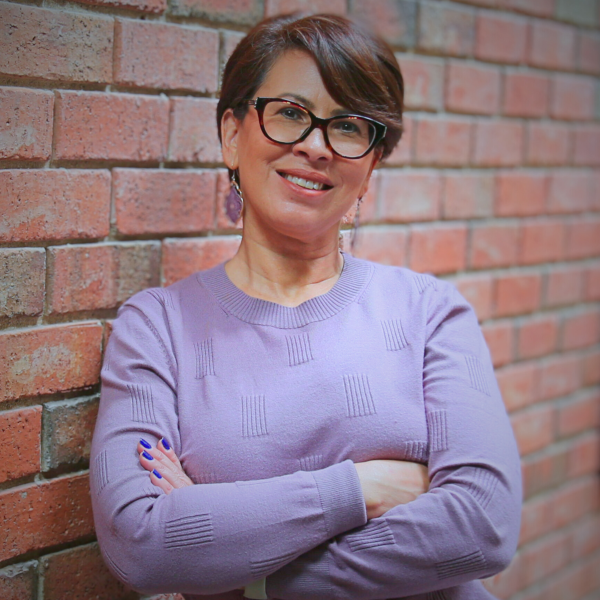
Implied Communication: Communication in my Home
Growing up in my household, communication with my mother often felt like a game of charades. For those familiar with Puerto Rican homes, some of you might relate. If she needed something, her instructions would be vague, like "mira nena, buscame aquella cosa que esta encima de aquello, alla en aquel cuarto" (translated: "Hey, can you get me that thing that is on top of that thing over in that room"). If I was unsure, she'd guide me with a subtle lip gesture, turning it into a scavenger hunt.
Over time, I decoded her cues and learned to understand her implied messages. Communication styles, often learned at home, vary from clear and concise to passionate or, like mine, implied. But when interacting with others, especially from different backgrounds, my communication style left them feeling confused.
It took me a while to realize that while I understood my own signals, others didn't. Working with diverse groups made me aware of this gap. I had to learn to be more precise and check for understanding. Gradually, I improved by paying attention to others' responses and giving space for clarification. While my cultural habits sometimes resurface, I've learned to pause, observe, and allow room for mutual understanding, bridging the gap in communication.
In Erin Meyer's book The Culture Map, she observes,
"The way we are conditioned to see the world in our own culture seems so completely obvious and commonplace that it is difficult to imagine that another culture might do things differently."
Communication is woven into the fabric of our daily lives, influencing how we interact with everyone from our spouses and friends to teachers, colleagues, and staff. Each of us carries with us the imprint of our upbringing and cultural background, shaping our communication styles in subtle yet significant ways.
If we aspire to cultivate deeper connections with those around us, both near and far, it's essential to recognize and appreciate the diversity of communication styles. By embracing curiosity and engaging in open dialogue, we can bridge cultural divides and foster mutual understanding, creating spaces for meaningful sharing and learning to thrive.
Reflection questions:
- How did your own upbringing influence your communication style?
- How can awareness of cultural communication styles enhance empathy and foster deeper connections with others?
- What strategies have you used to improve communication and understanding in cross-cultural interactions?
